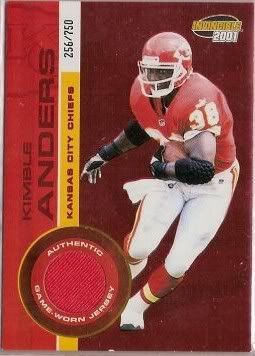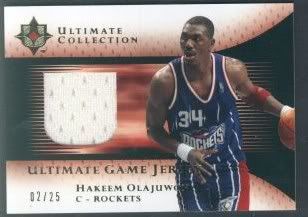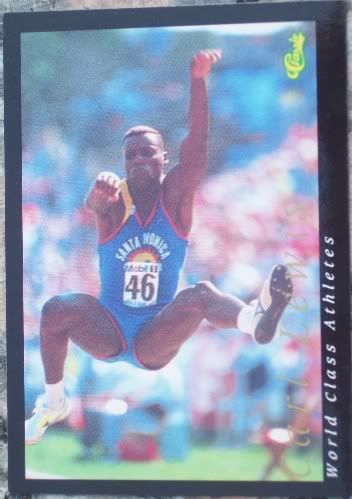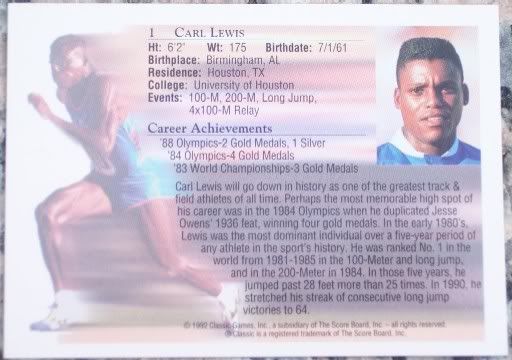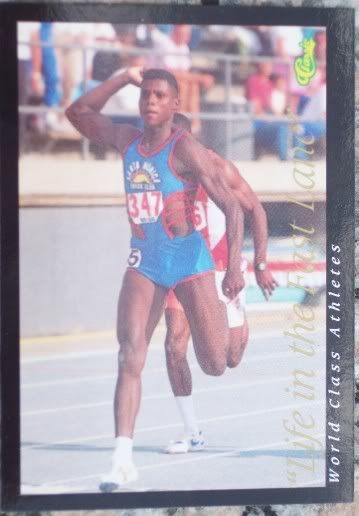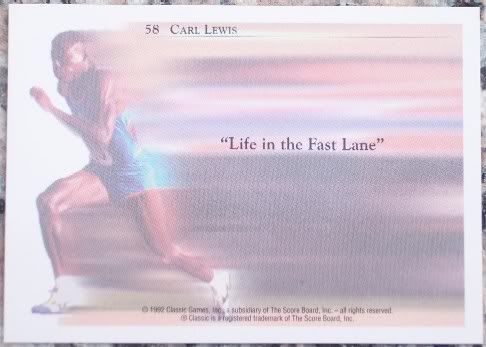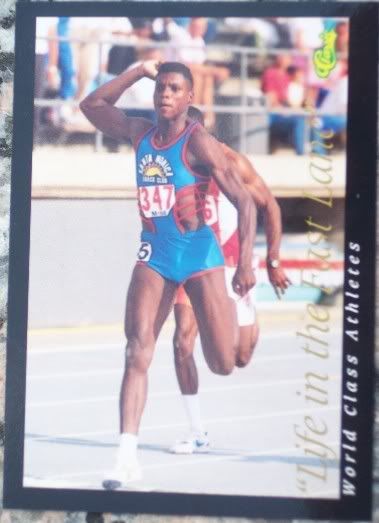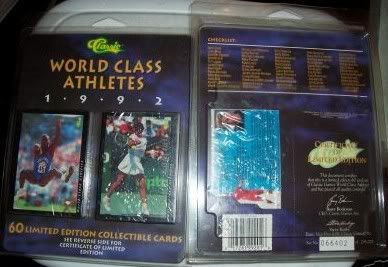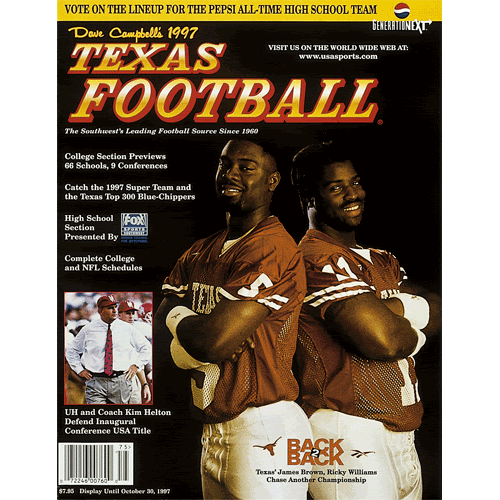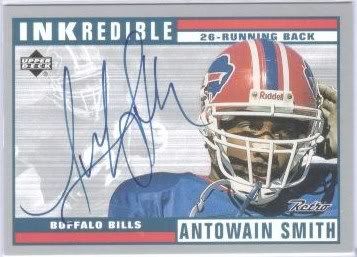I'm going to start this post with a small rant while reviewing some of the history of trading cards. In the distant past, there was generally only one company producing one set of cards per year. It was much easier to collect entire sets, but I'm not going to say that things were better.
In the early '80s, competition began. There were several companies releasing sets. The quality of the cards improved. The player selection improved because no company wanted to lose business because they didn't have your favorite player in their set. This is a stark contrast with the past where you may not be able to get cards for all the starters on your team. You could only get the superstars. Also they didn't want to miss that star that didn't come from the early first round of the draft. There are even sets of possible draft picks where you can pick up cards of your favorite player leaving school in their college uniform. So things were good.
Then came the emergence of the insert card and the parallel set. Early insert cards were limited in number and reserved for things like All-Stars and lottery picks. Then came the parallel card where every card in the set had a variant. There are refractors, black cards, silver, gold, and platinum variants, Tiffany cards, Members Only, First Day Issues, and more. Soon there were so many variants that it become impossible to collect all the cards available. It even became impossible in many cases to collect all of the cards of your favorite player. Did you know that Beckett.com lists 1775 collectibles for Hakeem Olajuwon? Even if you had near unlimited financial resources, some of the variants are so rare that finding one for sale is nearly impossible.
Each company also began to release multiple products.
Collectibility of each of these products ran from easily available and sometimes unwanted to very rare and desired. Prices of the cards reflected that range from very cheap to prohibitively expensive. This is not necessarily a bad thing, but the glut of products and cards on the market creates challenges for the collector.
All of this has left the standard issue card practically worthless and not "collectible." Thank goodness I do not collect for profit so the only time I concern myself with value is when I'm buying something. I don't want to overpay when I can get a collectible for less money. But I find it sad that opening packs of cards has almost become a thing of the past. I used to buy pack after pack trying to collect a set. Now I'm guessing most people who buy packs are basically gambling that they find a rare and expensive insert or variant. I only buy cards for players from the University of Houston.
Now that my rant is over, in the next couple of posts I'm going to cover insert card concepts that I actually like. The first insert card type that I really like is the jersey card. These cards feature a small piece of a game worn jersey incorporated into the design of the card. While you're looking at the card, you can imagine Hakeem wearing the jersey while swatting a shot into the third row. Imagine
Drexler wearing the jersey on a slam dunk. Imagine Kimble wearing the jersey as he catches a touchdown pass. Imagine Woody wearing the jersey at the All-Star game.
Sure you may prefer a full game worn jersey. But if you can even find a legitimate jersey, it would be very expensive to obtain. Then add the expense of framing the jersey for display. It's out of the financial reach of many collectors. Jersey cards provide the same fantasy as the full jersey at a fraction of the price. Plus you have the backing of the trading card company that the jersey is legitimate and not a fake.
